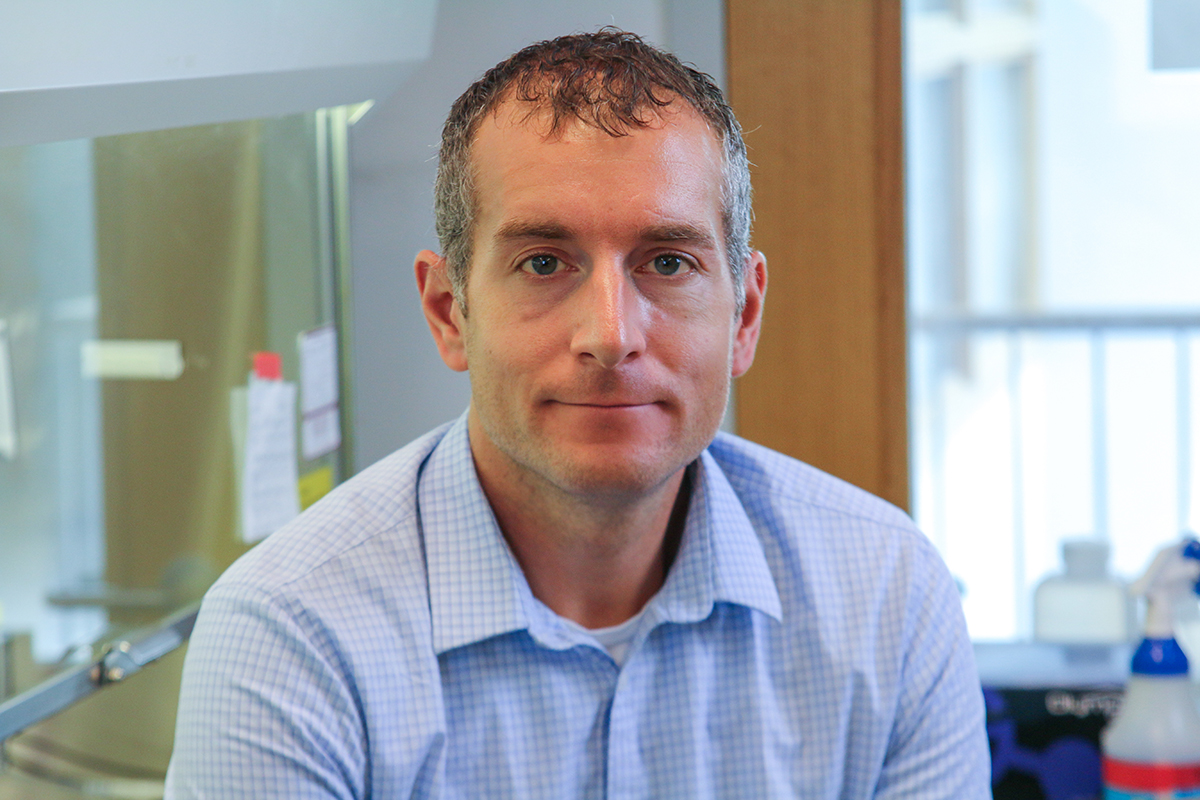There are hidden metabolic health impacts in things that most people encounter every day.
From surface cleaners to silicone wristbands, from fracking fluids to wastewater — even household dust — these diverse environmental mixtures have a potential to disrupt human health.

Christopher Kassotis, Ph.D., an assistant professor in the Wayne State University School of Medicine’s Department of Pharmacology, has received a grant to take a deeper dive into evaluating environmental mixtures.
“Anything we know about chemical toxicity is based on testing that individual chemical, but we are never exposed to just one single chemical alone,” Kassotis said. “Humans are regularly exposed to hundreds or thousands of chemicals every day. Our regulatory system completely ignores this, in part due to difficulties sorting out how to examine mixtures and predict effects.”
Thanks to a $598,487 grant from the U.S. Environmental Protection Agency, Dr. Kassotis will develop and evaluate methods and approaches to understanding human health risks that may result from exposure to chemical mixtures in the environment.
According to the EPA, toxicology studies have traditionally focused on the effects of single chemicals on human health. However, people are continually exposed to mixtures of numerous chemicals present in the environment, including in the air, water, soil, food and household products. These chemical mixtures include polyfluoroalkyl substances, often thought of as “everywhere chemicals” because they have become so common in everyday products. Other well-characterized mixtures include phthalates, polycyclic aromatic hydrocarbons and disinfection byproducts.
There is a need to assess the toxicity of these chemical mixtures and understand how their combined effects on human health and the environment differ from what is known about individual chemicals.
Dr. Kassotis and his research team will use household dust samples to develop a receptor bioactivity component model to predict adipogenic health outcomes. Through their dust extract testing, the researchers expect to support a new method of mixture risk assessments.
“Our study is designed to provide a more concrete footing for chemical mixture assessments, a better understanding of where the available mixture models succeed and fail in predicting toxicity,” he said. “In short, I'm hoping that these experiments will help shift the regulatory structure toward inclusion of more considerations of mixture exposures to better protect public health. We need to have a better understanding of how exposure to a single chemical varies with ongoing exposures to hundreds of other chemicals.
“If I had to try to distill it into a simple statement, I'm hoping to improve chemical risk assessment models to account for everyday exposures to hundreds of different chemicals and as a result lead to better protection of human health.”
The project number for this EPA award is R840459.